What is an IT ticketing system?
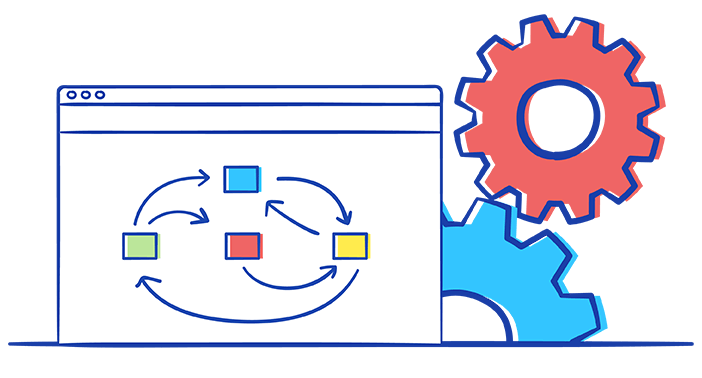
IT ticketing is a set of processes that enable organizations to efficiently handle incidents and service requests logged by requesters. IT ticketing/service desk software with smart automations and predefined workflows makes IT ticketing easier.
What is IT ticketing software?

IT ticketing software is a comprehensive tool used to achieve an efficient IT ticketing system. A robust ticketing solution enables organizations to manage their IT services and deliver support in a systematic, organized way. Such tools allow for the orchestration of streamlined, automated workflows, enabling much faster and hassle-free resolution of IT issues (incidents) and service requests, which are logged as IT support tickets. Each ticket documents all relevant information pertaining to the issue that needs to be resolved or the service that is required of the IT team. IT ticketing software typically logs tickets received from multiple channels, including email, phone call, self-service portal, mobile app, or chat, and routes them throughout their life cycle depending on the predefined workflows and automations they're subjected to.
What is the need for a help desk ticketing system?
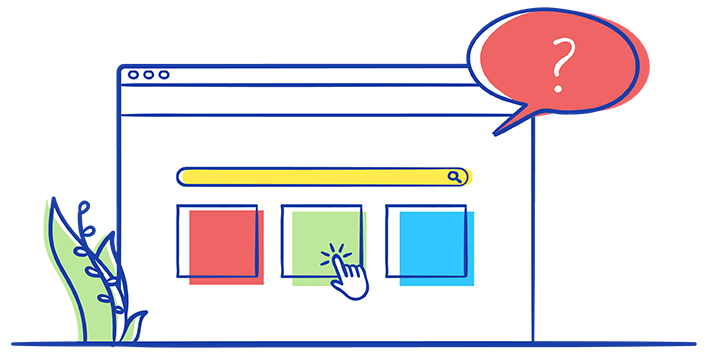
A versatile ticketing solution, such as the one described above, with native IT service management modules such as IT problem management, asset management, a CMDB, and change management working together, improves IT service delivery and overall customer satisfaction. There's no one-size-fits-all IT service desk tool, so it's important that every organization carefully chooses and configures an IT ticketing solution that works best for its needs, and educates its employees and users on how to use the tool to get the most out of it.
Although IT ticketing solutions are widely popular these days, many organizations do not have an enterprise-level ticketing system. The reason for this could be that setting up and maintaining one might be intimidating because of the idea that the features and functionalities are complex. However, many enterprise-class ticketing tools are quite simple to maneuver thanks to codeless customizations, automations, and out-of-the-box best-practice workflows.
Download the full stack ITSM software trusted by 100,000+ organizations worldwide.
What are the benefits of having an efficient IT ticketing system?
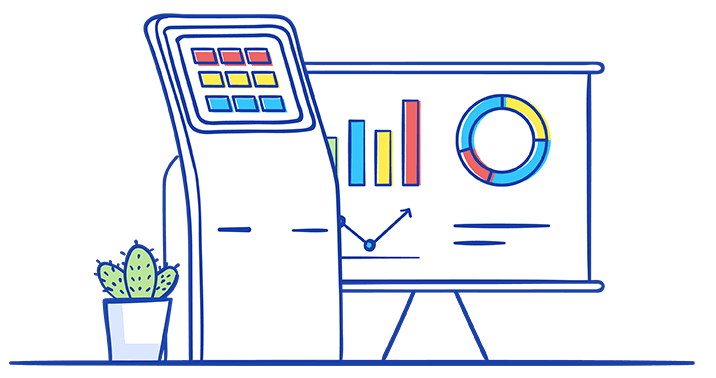
Let's take a look at some of the scenarios where implementing an IT ticketing solution can help make IT service management better for businesses. Here are seven benefits of implementing an IT ticketing system.
- Puts IT support within quick and easy reach of end users with omni-channel support
- Ensures tickets don't fall through the cracks
- Reduces technicians' workload by streamlining workflows with automations
- Offers end users a centralized platform to log and track their tickets in the self-service portal
- Enables team collaboration on a common portal and leverages the team's expertise
- Enhances the IT team's efficiency with knowledge base solutions available for both technicians and requesters
- Delivers insights into team performance using analytics and surveys
Being within easy reach of end users:

The multichannel approach to ticket logging and communication leveraging email, phone calls, a self-service portal, live chat, chatbots, and integrations with third-party apps including Microsoft Teams and Slack enables end users to more quickly and easily get the help they need.
Ensuring tickets don't fall through the cracks:

When the IT team is flooded with tickets, both incidents and service requests, and working without a centralized IT ticketing tool, tickets are sure to fall through the cracks. IT ticketing tools receive, organize, and manage incoming tickets, with functionalities such as dynamic forms to collect relevant information about the ticket, automatic technician assignment, automatic routing of tickets based on conditions, and escalations on service-level agreement (SLA) breaches. This ensures that every ticket is accounted for and resolved on time, maintaining the integrity of the IT team as well as boosting customer satisfaction.
Streamlining ticketing workflows with smart automations:
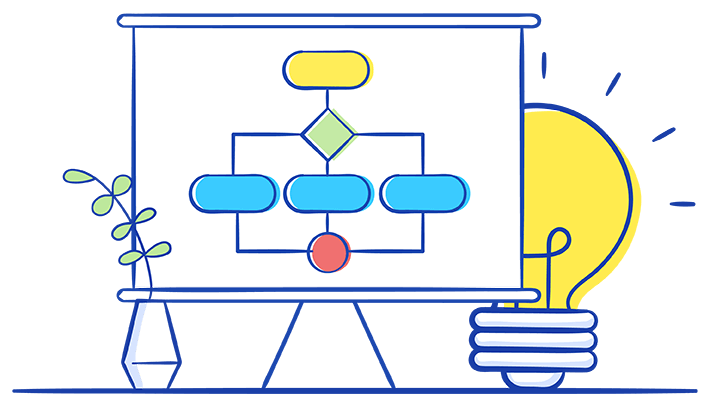
Manual, repetitive tasks unnecessarily add to technicians' workload, reducing the team's potential and efficiency. With simple automations such as automatic routing of tickets to technicians, setting ticket priority using the priority matrix, and SLA management, IT teams can cut out the mundane work and focus on what really matters.
Gaining insights into the team's performance:

IT ticketing systems come with analytical functionalities that can track metrics and generate reports that help make better business decisions within the organization. Sometimes ticketing tools have integrations with business intelligence tools that can access data from the ticketing system and assess the solution's performance. While reports help analyze the team's performance, surveys give an understanding of how customers or end users assess the IT team's performance, which helps identify areas for improvement.
Enhancing the IT team's efficiency with a well-built knowledge base:

A knowledge base is a repository of tried-and-tested resolutions. Easy access to these resolutions saves time and effort for technicians by eliminating the need to come up with a resolution again. Publishing knowledge base articles in the self-service portal for end users also cuts down the IT team's workload by allowing end users to search for their own solutions.
Offering end users a centralized platform:
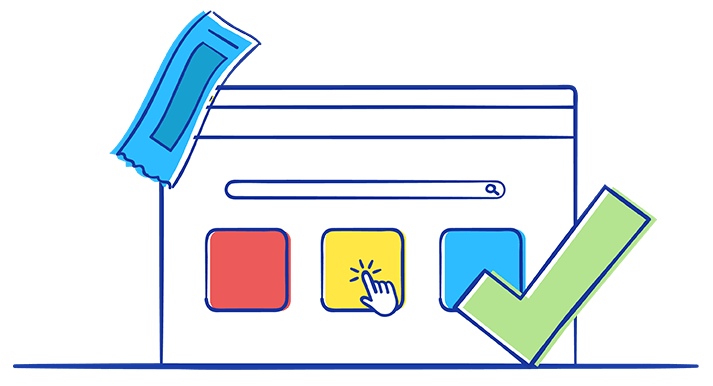
Most organizations continue to use straightforward workflows, such as using email as the only means of communication with the IT support team. The power of using a customized self-service portal to showcase the service catalog is underestimated or unknown to many. Allowing end users to log tickets, browse through the knowledge base to find their own solutions, and keep tabs on their tickets and announcements in the self-service portal minimizes the IT team's workload.
Collaboration and leveraging team expertise:

ITSM ticketing systems allow easy collaboration with other members of the team and with end users from within a ticket. Functionalities including adding notes within tickets, quick chats, conversation history, and task delegation allow IT teams to work together by sharing their knowledge and expertise with one another.
The easy-to-use full stack IT ticketing software to scale up businesses.
Who benefits from IT ticketing software?

The scope of IT ticketing systems is widespread, with applications in different kinds of businesses, large and small, that have an IT support team or a customer support team that works on IT issues and service requests. A few examples are managed service providers, third-party customer support organizations, internal IT support teams, healthcare organizations, and educational institutions.
What is the future of IT ticketing systems?

IT ticketing systems have come a long way since their inception. Users now enjoy more streamlined support and service management workflows, more advanced automations, and personalizations of workflows and portals. Developments in IT ticketing system functionalities embrace the fact that there's no one-size-fits-all solution. Here's a concise list of where ticketing systems are headed in the near future:
1. AI-powered functionalities and chatbots
AI-powered functionalities have advanced over the years to reduce the need for manpower in IT ticketing systems. Chatbots and quick live chat options have replaced the more traditional channels of communication like emails, phone calls, and walk-ins. These new technologies have also been developed to be more intuitive to provide unmatched support. Chatbots can now fetch data from the knowledge base, suggest articles and ticketing templates, or guide customers through whatever service they came looking for; all of these capabilities help improve the customer experience and increase user adoption.
2. Agility in IT ticketing models
In the near future, agility will truly make or break organizations' IT ticketing and their overall ITSM. With the pandemic, we learned the important lesson that times are changing and more unpredictable. Remote work, believed to be a business continuity plan, has developed into the new normal. Therefore, businesses need to come up with more flexible plans, build agility, and be ready to stray from the ITSM status quo. Ticketing systems will fall into the same wave, with those that can quickly respond to disruptions and changes being more likely to succeed.
3. Expanding the scope of service management
The horizon has been widening for ITSM and it's not stopping any time soon. Organizations are taking ITSM best practices beyond IT and applying them to other business functions, including human resources, finances, and facilities. More and more organizations will extend these industry recommended best practices to departments, teams, and functional groups outside IT.
4. Advanced ITSM automations
Automations have been widely popular with businesses and have been adopted for any task that doesn't require human intervention. Automated processes include workflows, notifications, password resets, and scheduled reports. In ticketing systems, automations will cross boundaries and help organizations effectively deflect tickets, reduce technician workload, streamline workflows, and ultimately positively impact service desk metrics.
From what we see, IT ticketing tools are only going to get easier and more efficient for users, with new trends, features, and functionalities popping up often. With a mass of options available in the market, the real success for organizations lies in identifying their needs and carefully assessing them against the offered functionalities before deciding which software to use, and once they've selected a tool, learning to use it to its fullest potential.
IT ticketing software evaluation kit
An exclusive package including a feature checklist and a request for proposal (RFP) template
-
Feature checklist
A comprehensive list of must-have features that you can use as a benchmark
-
RFP template
A guide to a great RFP that helps you get all the information you need about a vendor

